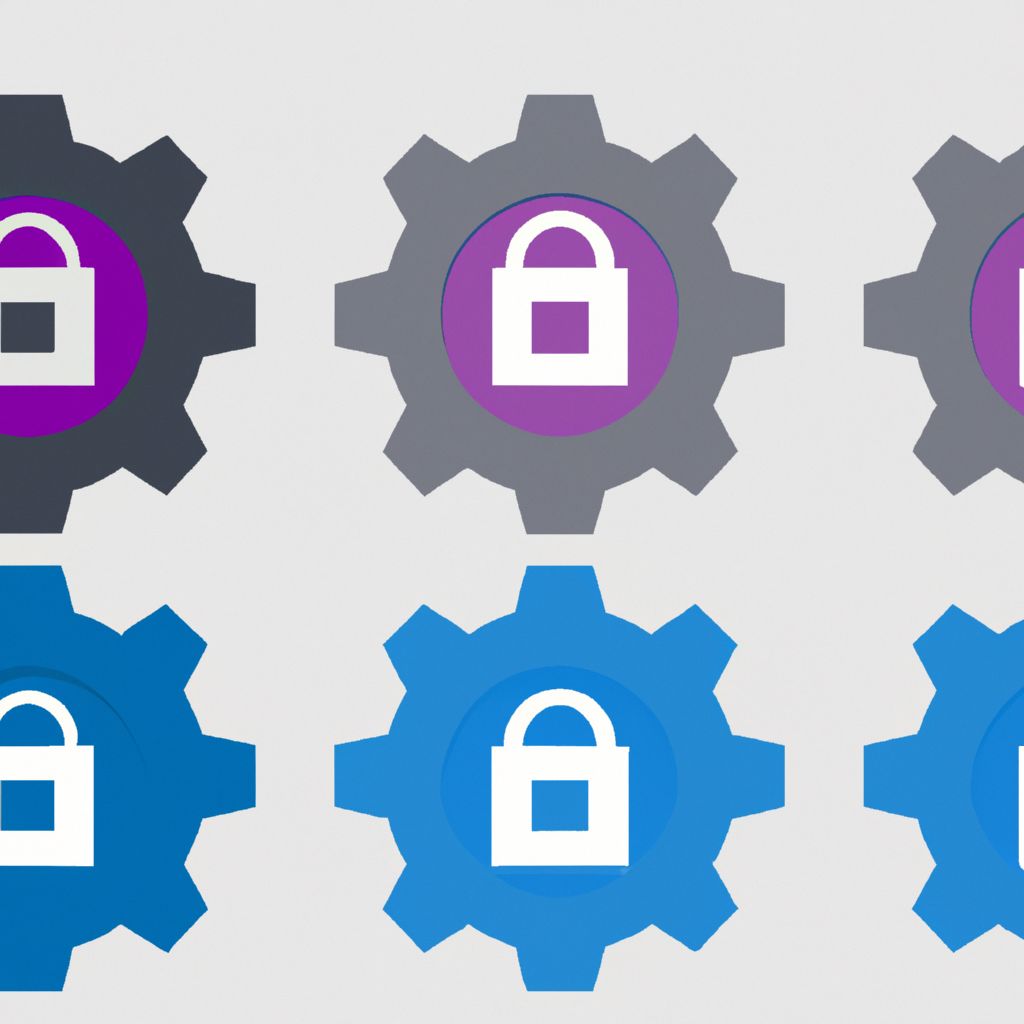Web APIs (Application Programming Interfaces) are the engines driving modern web and mobile applications. They handle data exchange, execute business logic, and connect disparate services. However, this central role makes web API security a critical concern. A compromised API can lead to devastating data breaches, service disruptions, and loss of user trust.
Implementing robust security measures from the outset is essential. Here are some fundamental best practices for securing your web APIs:
1. Strong Authentication
Authentication verifies the identity of the client (user or application) consuming the API. Weak authentication is a primary target for attackers (OWASP API #2: Broken Authentication).
- Use Standard Protocols: Implement industry-standard protocols like OAuth 2.0 or OpenID Connect for token-based authentication, especially for third-party clients.
- API Keys (Use with Caution): While simple, basic API keys offer weak protection if not managed securely. Use them primarily for identifying application clients, not for user authentication, and ensure they are transmitted securely and can be easily revoked/rotated.
- JWT Best Practices: If using JSON Web Tokens (JWTs), ensure strong signing algorithms (avoid 'none'), secure key management, appropriate expiration times (short-lived access tokens, longer-lived refresh tokens), and proper validation.
- Protect Against Brute Force: Implement rate limiting and account lockout mechanisms on authentication endpoints.
2. Robust Authorization
Once authenticated, authorization determines what actions the client is allowed to perform. This is arguably the most critical area of API security.
- Enforce Least Privilege: Grant clients only the minimum permissions necessary to perform their intended functions.
- Implement Object-Level Checks: Always verify on the server-side if the authenticated user has the right to access or modify the specific resource (object) requested (Mitigates OWASP API #1: Broken Object Level Authorization). Don't rely on IDs sent from the client without verification.
- Implement Function-Level Checks: Ensure users cannot call API functions or administrative endpoints they are not permitted to use (Mitigates OWASP API #5: Broken Function Level Authorization).
- Centralize Authorization Logic: Where possible, manage authorization rules centrally for consistency.
3. Rigorous Input Validation
Never trust data coming from the client. Validate all input parameters to prevent injection attacks and other malicious inputs.
- Validate Type, Format, Length, Range: Check that input data conforms to expected specifications.
- Use Allow-Lists: Define acceptable characters or patterns rather than trying to block malicious ones.
- Sanitize Output: Encode data correctly before returning it in responses, especially if it includes user-generated content, to prevent XSS.
- Prevent Mass Assignment: Be specific about which fields can be updated via API requests to prevent attackers from overwriting sensitive internal properties.
4. Implement Rate Limiting and Throttling
Protect your API from denial-of-service (DoS) attacks and abuse by limiting the number of requests a client can make within a specific time window.
- Apply Limits: Set reasonable limits based on user identity, API key, or IP address.
- Throttle Abusive Clients: Temporarily block or slow down clients exceeding limits.
- Protect Expensive Operations: Apply stricter limits to resource-intensive API calls (Mitigates OWASP API #4: Unrestricted Resource Consumption).
5. Use Encryption (HTTPS/TLS) Everywhere
All communication between the client and the API must be encrypted using TLS (Transport Layer Security), commonly known as HTTPS.
- Enforce TLS: Disable non-encrypted HTTP access entirely.
- Use Strong Configuration: Employ up-to-date TLS versions (TLS 1.2 or 1.3) and strong cipher suites. Use an SSL scanner (like Qualys SSL Labs) to check your configuration.
- Protect Data at Rest: Encrypt sensitive data stored in databases or files.
6. Effective Logging and Monitoring
Log relevant security events to detect suspicious activity and aid in incident response.
- Log Key Events: Record authentication successes/failures, authorization failures, significant business transactions, and input validation failures.
- Include Context: Logs should include timestamps, source IP, user ID (if applicable), and requested endpoint/action.
- Protect Logs: Ensure logs are stored securely and protected from tampering.
- Monitor Actively: Use monitoring tools to analyze logs for anomalies and potential attacks in real-time.
7. Utilize Security Headers
Configure appropriate HTTP security headers in API responses to provide additional protection.
- Examples:
Strict-Transport-Security(HSTS),Content-Security-Policy(CSP),X-Content-Type-Options,X-Frame-Options. While some are more browser-focused, they contribute to overall security hygiene.
8. Maintain API Inventory and Versioning
Keep track of all deployed APIs and their versions to avoid "shadow APIs" and ensure timely patching (Addresses OWASP API #9: Improper Inventory Management). Implement a clear versioning strategy.
Conclusion
Web API security is an ongoing process, not a one-time fix. By consistently applying these best practices – focusing heavily on authentication, authorization, and input validation – organizations can build a strong defense against common API attacks. Integrating security into the API design and development lifecycle, combined with regular security testing (including penetration testing), is crucial for protecting the vital connections that power modern applications.
Disclaimer: This post represents the view of the individual author that wrote it and not necessarily the view of Rarefied Inc.
Looking for professional security testing?
Based on your interest in this topic, you might benefit from our specialized security services:
